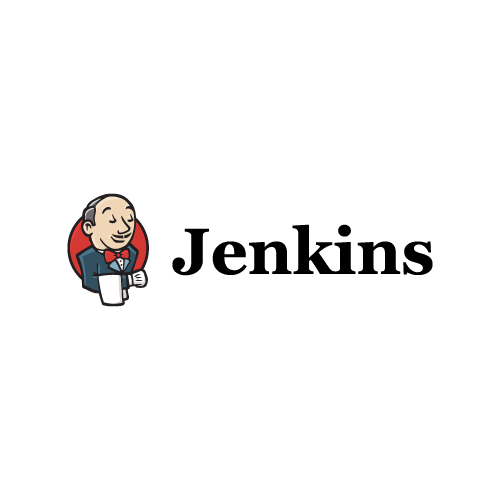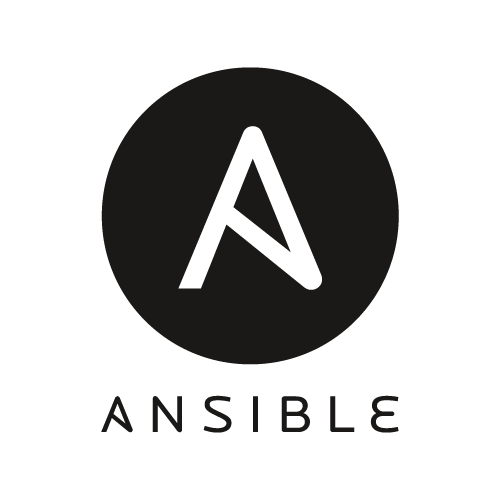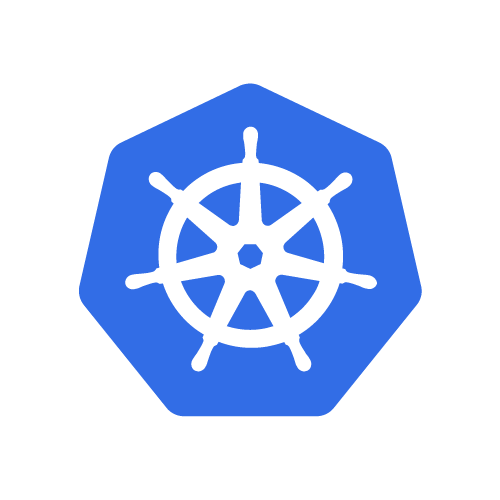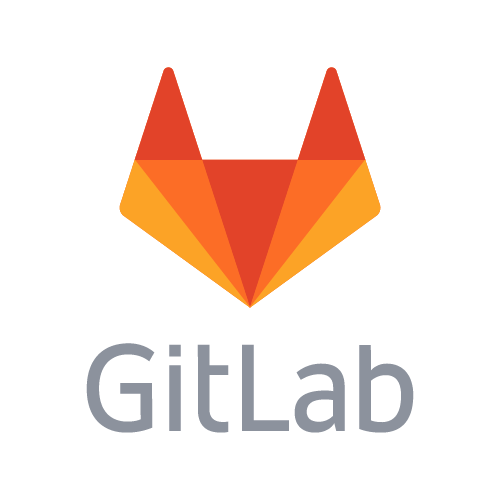This website uses cookies so that we can provide you with the best user experience possible. Cookie information is stored in your browser and performs functions such as recognising you when you return to our website and helping our team to understand which sections of the website you find most interesting and useful.
Do you want to…
- Support DevOps culture in your organization?
- Take control of the release process and its cadency?
- Streamline business value delivery and make progress more easily visible?
- Automate repetitive manual deployment steps?
- Shorten the time-to-market?
Benefits
A new version can be released almost instantly with high accuracy and with zero or very low regression level.
Releases can take place every week or every day or even multiple times a day (depending on the context and business needs).
Piloting novel features on production is possible, because they can be enabled for selected groups of users.
Short feedback loop exists for the management to decide which features to invest in and how to improve user satisfaction.
What is this?
- Continuous integration
This practice checks if an application is not damaged after every code change (commit). Not only is the code compiled, but also automated tests are run. Developers practicing this tend to commit code to the repository as often as possible. This helps in releasing new versions and means less time spent on code-freeze validating release. Continuous delivery builds on this to deliver working solutions to the staging environment daily. It is a safe middle ground before the next step. - Continuous deployment
Goes even further to release to production and only happens if all tests are passed, coverage is high and code quality at an acceptable level. This improves the feedback loop, and simplifies the releasing of new features. There is no “Big Release” which requires a lot of preparation and stabilization.
Technologies










